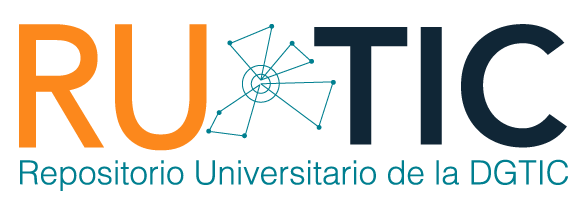| dc.contributor.editor | Adrián Estrada Corona | |
| dc.coverage.spatial | MX | |
| dc.date.accessioned | 2018-06-28T04:44:45Z | |
| dc.date.available | 2018-06-28T04:44:45Z | |
| dc.date.issued | 2009-03-10 | |
| dc.identifier.uri | https://ru.tic.unam.mx/handle/123456789/1480 | |
| dc.description | Tema del mes | |
| dc.description.abstract | En español bonaerense, numerosos préstamos de lenguas europeas se han incorporado al acervo léxico en los dos últimos siglos, como concomitantes lingüísticos de diversos fenómenos culturales. La última lengua con un rol donante de relevancia es el inglés, como en el caso de muchas otras variedades lingüísticas en el mundo. En este artículo analizamos algunos de los emergentes del influjo del inglés en español bonaerense, particularmente a nivel léxico | es_MX |
| dc.description.abstract | In the Spanish variety spoken in Buenos Aires, many loanwords from European languages have been incorporated to its lexical store in the last two centuries, as linguistic consequences of different cultural phenomena. The last language with a donor role of significance is English, as in case of lots of other linguistic varieties all over the world. In this article we analyze some of the resultants of the influence of English on Buenos Aires’ Spanish, particularly at the lexical level. Firstly, on the basis of our registers we revise some correlations that are commonly taken for granted (between use extension and adaptation to the recipient language, between oral and written uses from the same borrowed lexemes, between the permanence in use of a loanword and the fixation with which it is orally realized and/or it is graphemically represented, between fixation and adaptation). Secondly, we analyze hypercorrection requests, that clearly show the intimate relationship between uses and attitudes, as well as the guiding role that the prestige of the donor language exerts over the latter (even when it is combined with an insufficient knowledge of it). Lastly, we lend evidence of uses in which a special model position of English is verified, because sometimes regional speakers also fall back on its patterns (as well as on their native Spanish ones) for the realization of other languages’ incorporations or for some creative innovations | en |
| dc.format | html | |
| dc.format | application/pdf | |
| dc.format.extent | 5,37 KB | |
| dc.format.extent | 153,23 KB | |
| dc.language | spa | |
| dc.publisher | Universidad Nacional Autónoma de México. Dirección General de Cómputo y de Tecnologías de Información y Comunicación. Revista Digital Universitaria | |
| dc.relation.isformatof | http://www.revista.unam.mx/vol.10/num3/art14/art14.pdf | |
| dc.relation.ispartof | http://www.revista.unam.mx/index_mar09.htm | |
| dc.rights | openAccess | |
| dc.source | Revista Digital Universitaria (1607 - 6079). Vol.10, No.3 (2009) | |
| dc.subject | Español | |
| dc.subject | Cambio lingüístico | |
| dc.title | Obseravciones sobre las transferencias léxicas del inglés en español bonaerense | es_MX |
| dc.type | article | en |
| dc.contributor.director | JULIA TAGUEÑA PARGA | |
| dc.subject.keywords | Español bonaerense, Anglicismos, Spanish, Linguistic change, Spanish bonaerense, Anglicisms | |
| dc.identifier.url | http://www.revista.unam.mx/vol.10/num3/art14/int14.htm | |
| dc.creator | Yolanda Haydee Hipperdinger | |
| dc.rights.url | http://creativecommons.org/licenses/by-nc-sa/4.0 |
Files in this item
This item appears in the following Collection(s)
COMPARTE
BÚSQUEDA
Escriba el texto a buscar en DSpace
CONTACTO
El Repositorio Universitario de la DGTIC se edita en la Dirección General de Cómputo y
de Tecnologías de Información y Comunicación (DGTIC), de la Universidad Nacional Autónoma de México (UNAM)
Circuito Exterior s/n, Ciudad Universitaria, Coyoacán, C.P. 04510, México, D.F
Tel: +(52) (55) 56228166 Email: rutic@unam.mx









 ¿Qué es un repositorio...?
¿Qué es un repositorio...? ¿Qué beneficios obtengo...?
¿Qué beneficios obtengo...? ¿Qué tipo de recursos...?
¿Qué tipo de recursos...? Preguntas frecuentes
Preguntas frecuentes